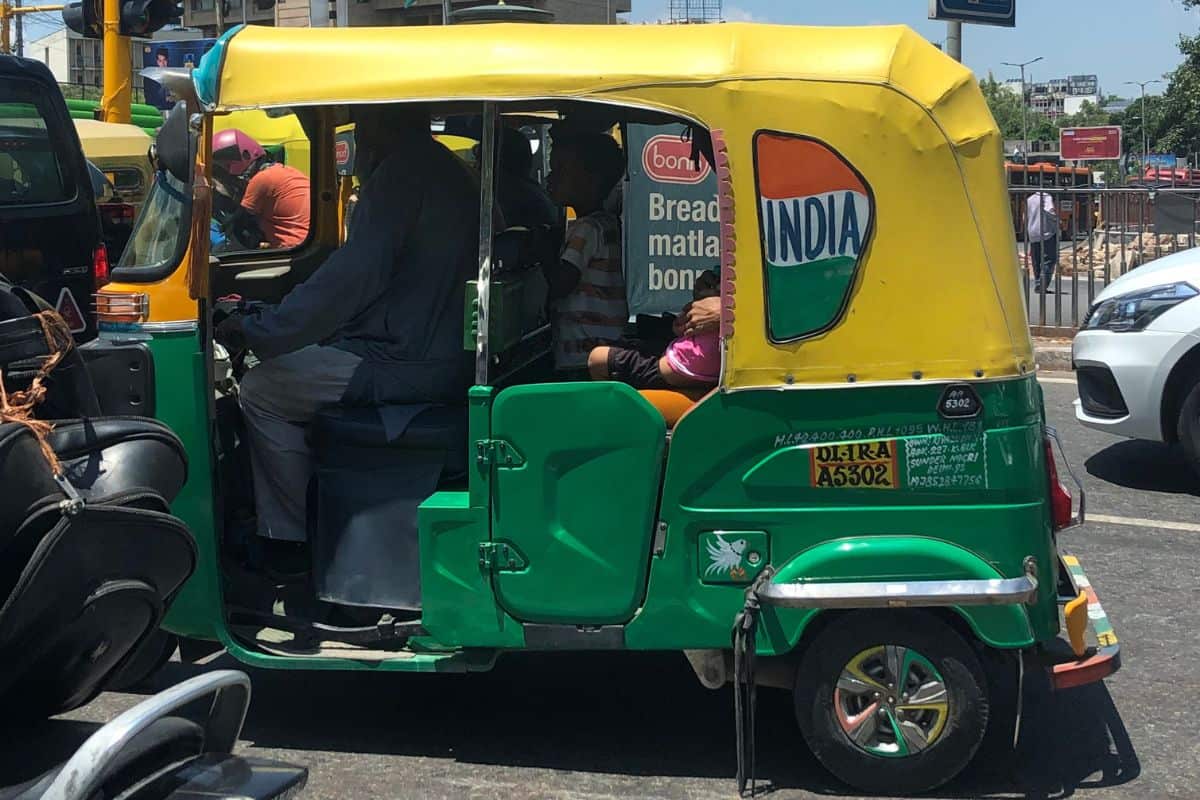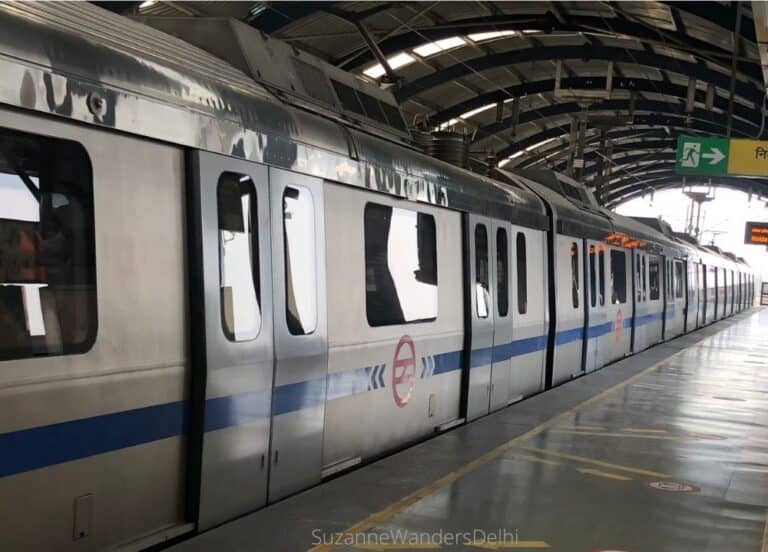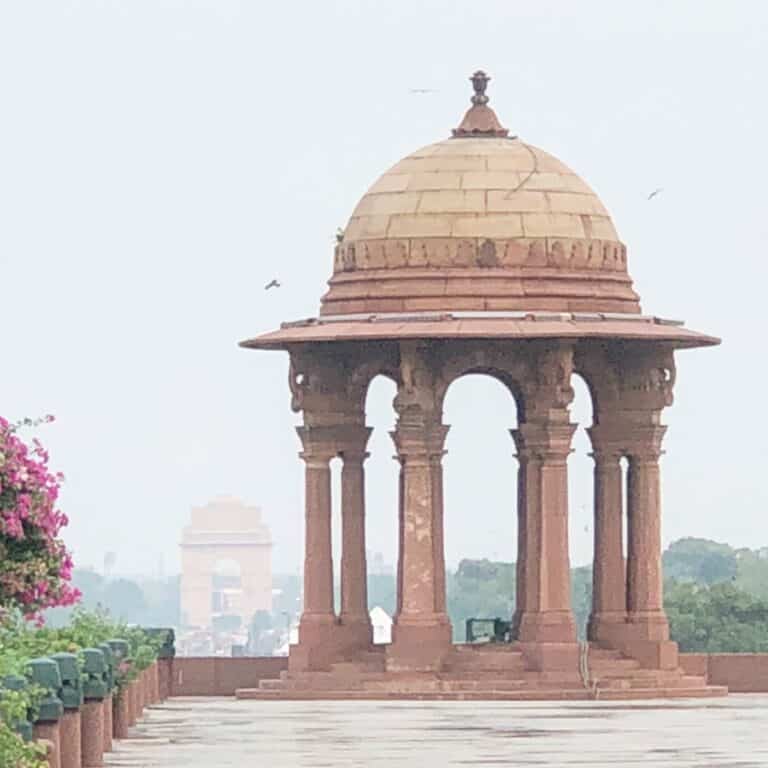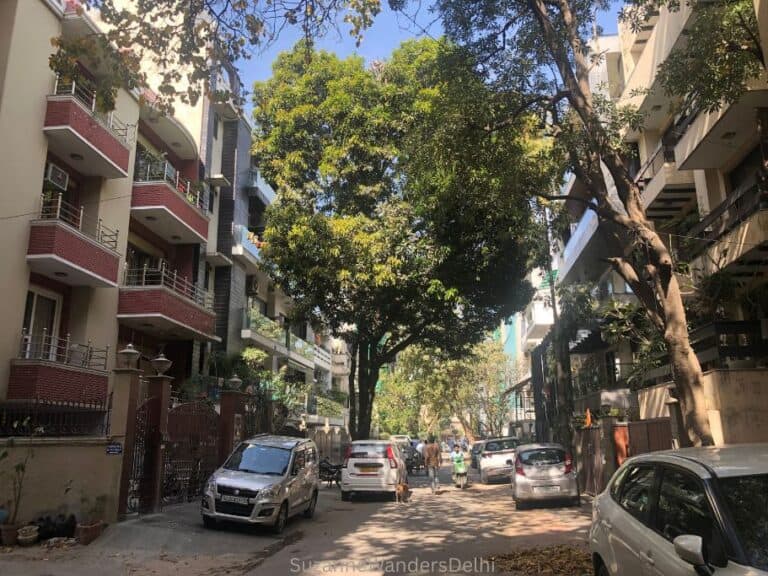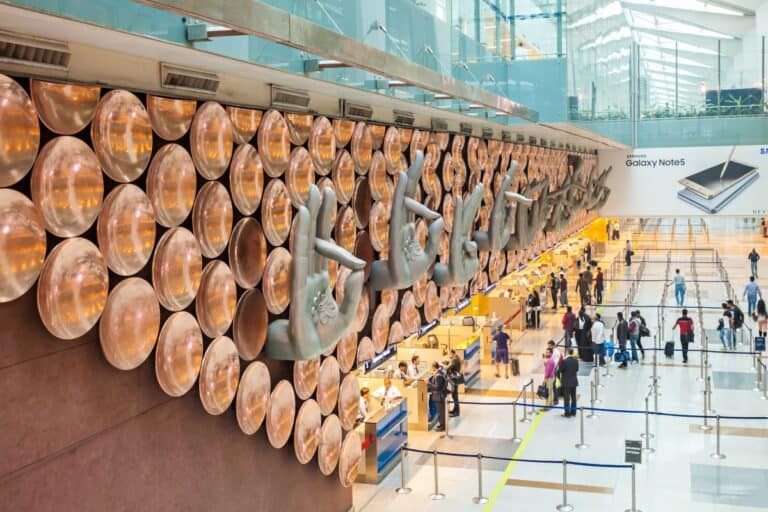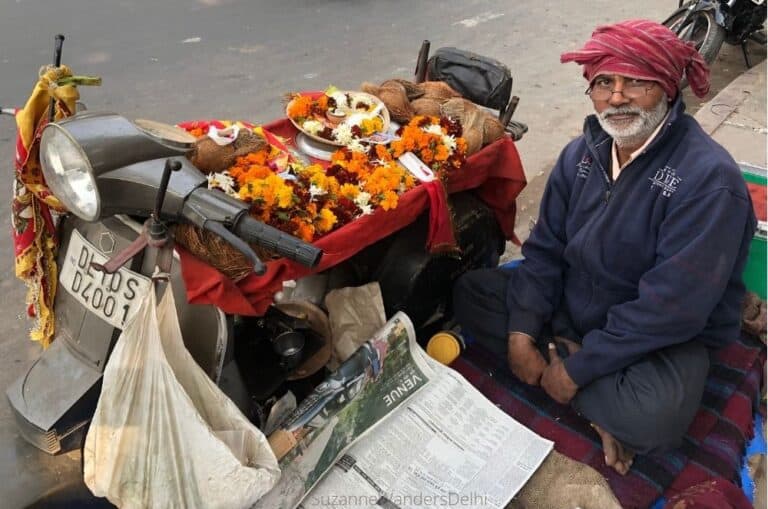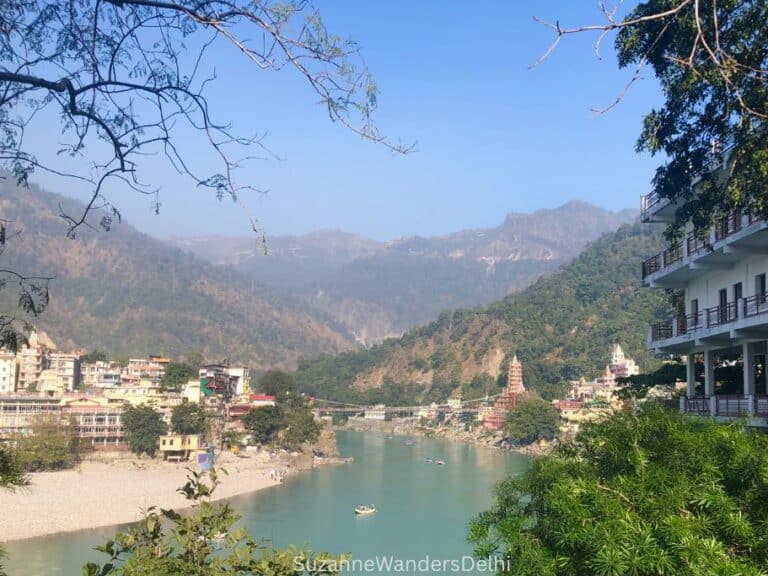21 Practical Things to Know Before Going to Delhi 2025

This list of practical things to know will help you enjoy Delhi more, and feel more confident exploring the city. If I had known even half of these before my first visit in 2016, it would have really helped me! These are things I’ve learned from living in Delhi since 2020.
This is more about visiting India than Delhi, but foreigners need a visa. Only citizens of Japan, South Korea and the UAE qualify for visa on arrival. E-visa is available for many countries. Check the official government of India e-visa site for applications and regulations.
Practical Things to Know Before Going to Delhi
Delhi is my home base now, but I remember how confusing it was my first time there in 2016. My life would have been so much easier (and I would have saved a lot of time), if I’d known these things before going to Delhi.
1. Delhi is one of the most historic cities in the world
Delhi is the site of 8 historic cities, and has been continuously occupied for 3,000 years. The city is littered with ancient structures everywhere, some dating back to 1052. In fact, Delhi rivals Rome, Athens and Cairo when it comes to historic significance and number of historic places.
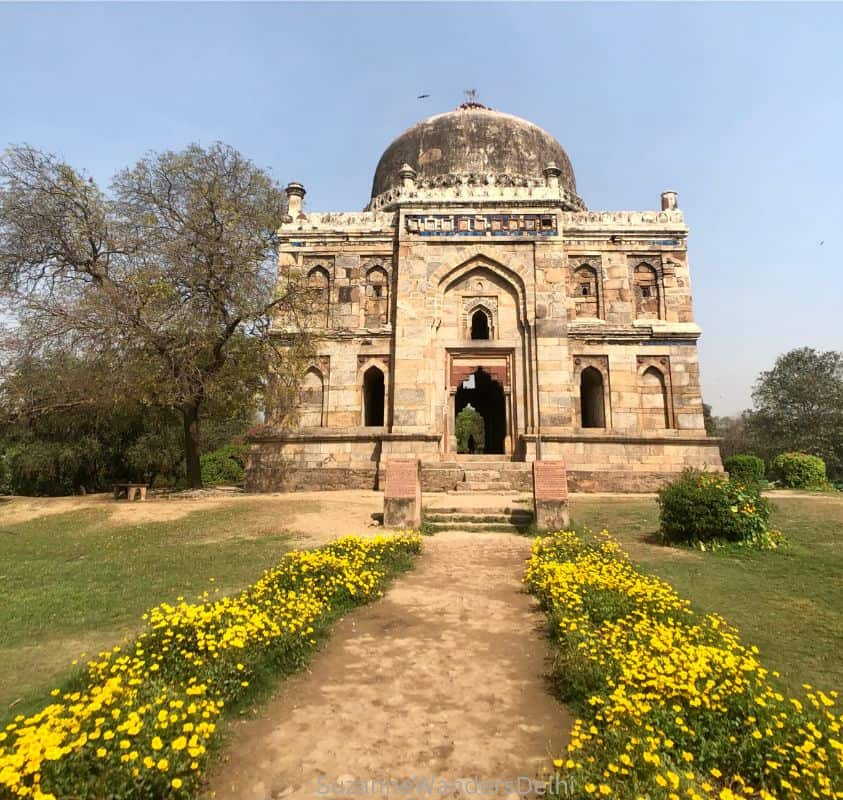
2. There’s a lot of English
English is the second official language of India and widely spoken in Delhi. You will see English everywhere – signage, labels in grocery stores, public transportation, in shops.
But there still are those that have limited English – Uber drivers, delivery people, labour workers, etc.
3. Don’t go in summer or middle of winter
Delhi is subject to extreme weather. The temperature can go up to almost 50° C in summer, and down to single digits in winter.
There is no point in going May 15 – August 15. It will be so hot it won’t be safe to be outside for long. Winter is generally Dec 15 – Feb 1. Winter temperatures might be good for sightseeing during the day, but Delhi can get extremely polluted at this time (AQI is routinely above 300, occasionally surpassing 500). Apart from the pollution, many homes and business don’t have indoor heating.
4. Delhi is massive – stay somewhere central
One of the most important things to know before going to Delhi, is that it’s a huge city with terrible traffic. If you don’t want to spend half your day in transit, stay close to where you need to be.
If you are a tourist, stay in South Delhi. Many of Delhi’s historic monuments and attractions are in this area. You can easily explore the entire city from here.
5. The Delhi metro is really good
Delhi’s metro is one of the best systems in the world. Not only is it clean, cheap, and safe, it goes everywhere. It’s a massive network and still expanding.
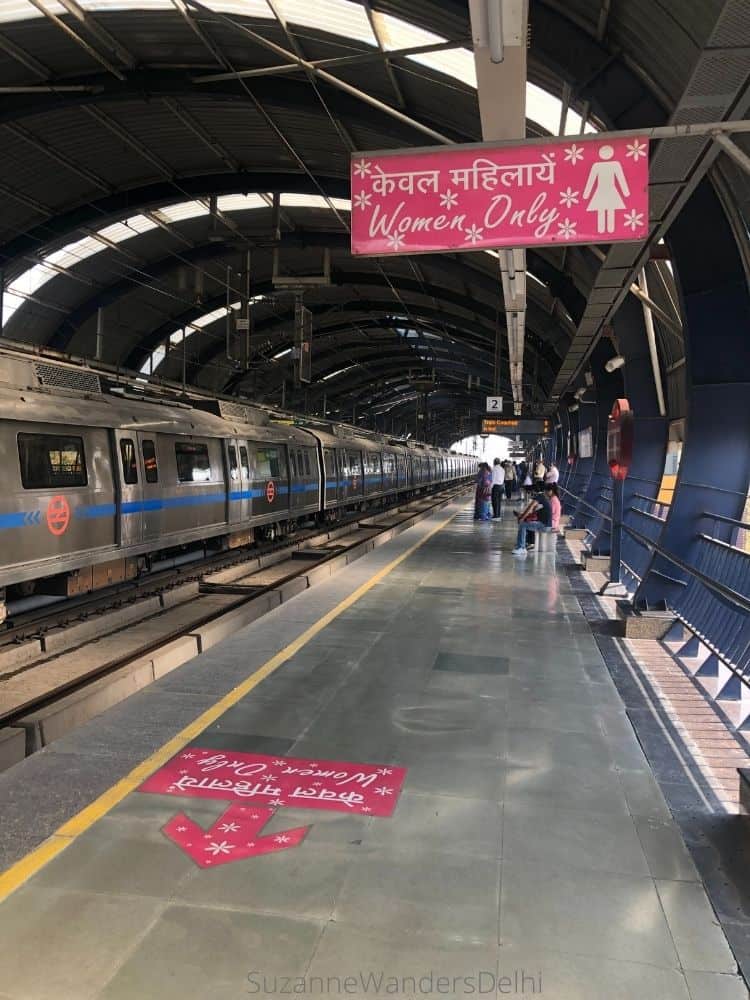
The whole system is in English and Hindi, colour coded and very user friendly. This is the best and fastest way to move across the city. Here’s exactly how to use the Delhi metro.
6. Get a local sim at the airport
Having a local sim will make life a lot easier in Delhi. You’ll be able to use Uber, order food or groceries, and most importantly have access to Google maps! Don’t wait until you get into town for the sim, get it right at the airport.
Getting a local sim from one of the cell service providers in the city can be a real nuisance. I had to provide my lease, passport photos, and have a local with me to make sure it got done. It’s so much easier to get it at the airport where they’re used to dealing with foreigners.
7. Old Delhi, New Delhi, Delhi NCR are all Delhi
Basically, these are all parts of the mega city of Delhi. New Delhi is one of 11 districts in Delhi and the official capital of India.
Old Delhi is the most historic part of the city, built in the 17th century. Delhi NCR (National Capital Region) is the mega city of Delhi plus the adjoining suburbs. You can read more about differences between Delhi and New Delhi here.
8. Only drink bottled or RO water
I’m sure you’ve heard the tap water is not safe in India – and that is definitely the case in Delhi.
Many homes, restaurants, Airbnbs and Delhi hotels have water filtration systems, commonly called an RO. In homes and restaurants these will be wall mounted above the kitchen sink. It’s safe to drink this water.
9. Auto rickshaws are safe and easy to take
Auto rickshaws are everywhere in Delhi and widely used. Do not hesitate to take one – just negotiate the price before you get in. Nobody in Delhi uses the meter. Generally, for distances less than 1 km it’s INR 60-80, and 1-3 km INR 100-150. Avoid using them at night if you are alone (use Uber instead).
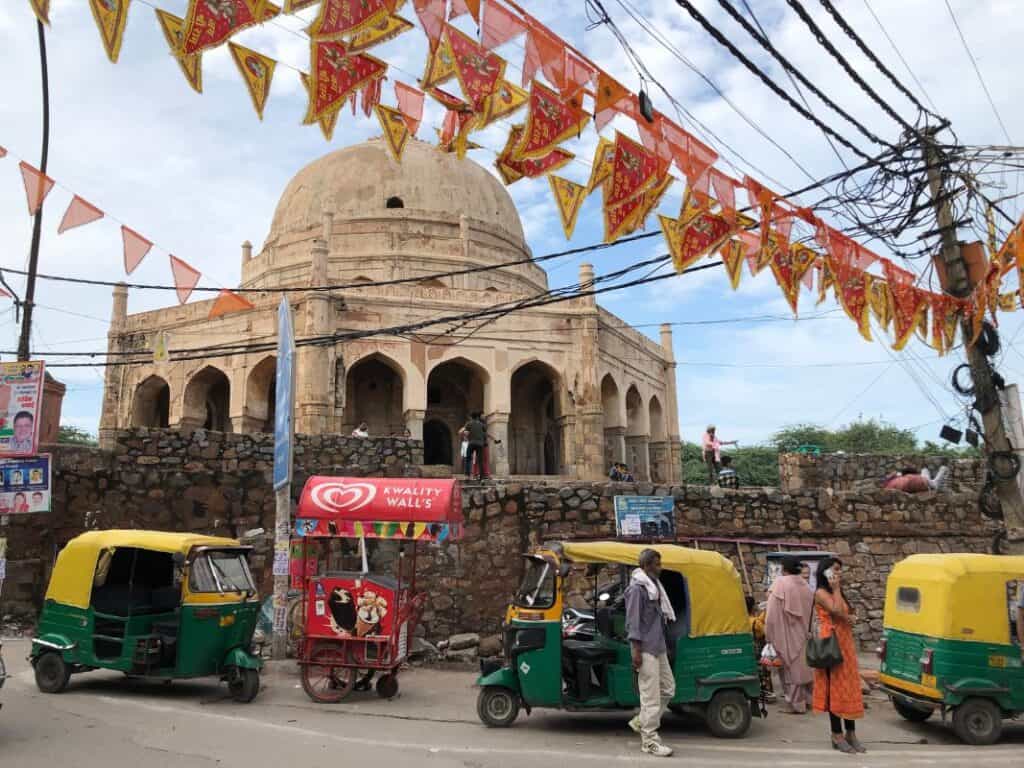
10. Ignore the touts and beggars
Touts roam around areas that tourists frequent, especially Connaught Place. Completely ignore them, don’t worry about being rude (I’m Canadian and this was seriously difficult for me). Touts will offer to show you where to go, tell you monuments are closed, etc. Keep doing whatever you are doing and ignore them – they’ll give up and go away eventually.
Trust me on this, no male Indian that approaches you when you are sightseeing is trying to be nice – he wants to make money from you.
Beggars don’t limit their territory to tourist areas, they can be anywhere. Child begging is often part of an organized criminal network – under no circumstances give them money. It only exacerbates the problem. I often get approached while stopped in an Uber. Don’t make eye contact and ignore them. Like the touts, they will give up and leave.
11. Dress modestly
Delhi is a conservative city (unlike Mumbai which is more Western in attitude). You don’t want to attract the wrong kind of attention. Wear clothing that covers shoulders, chest, and knees. This goes for women and men.
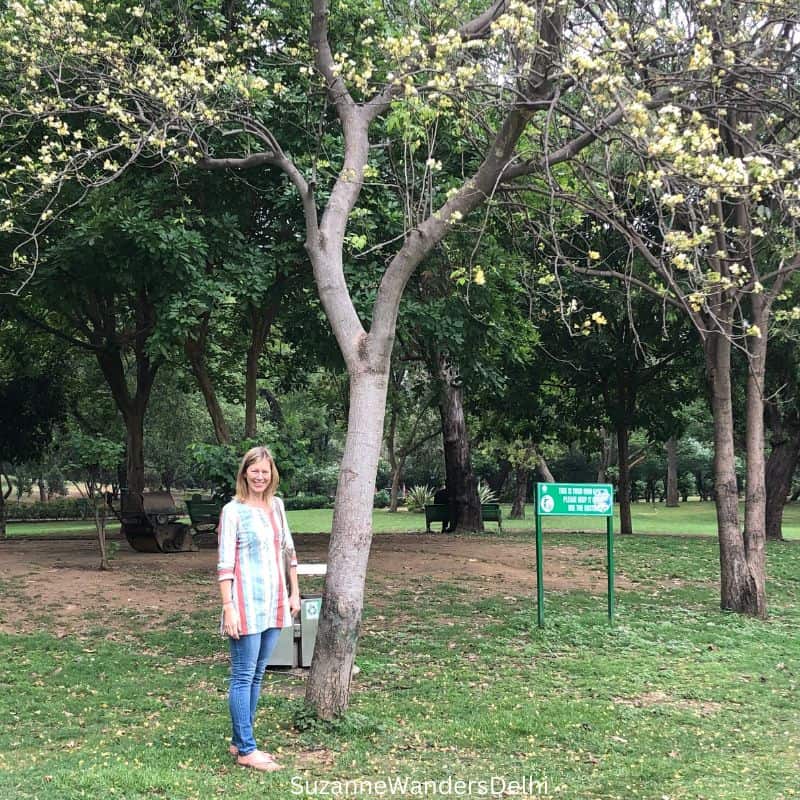
For women, it’s a good idea to always carry a dupatta (long Indian scarf). You’ll need it to cover your head in gurudwaras and mosques, and it makes a good cover up. Here’s more about what to wear in Delhi.
12. Book train tickets in advance for busy routes
The best seats (EC, CC, AC first class) on popular train routes sell quickly. Book your ticket as soon as possible.
You can book tickets directly on the Indian Railways booking website or service provider MakeMyTrip. This is especially true if you are taking the train to Agra to see the Taj Mahal.
13. Use ATMs to get local currency
This is the easiest way to get Indian rupees. Delhi ATMs dispense a maximum of 10,000 INR at a time. If you need more, you have to do multiple transactions.
Always select the ‘without conversion’ option to ensure the exchange rate is set by your bank (this is usually a better rate). If using a foreign card, look for ATMs with the Cirrus, Visa, AMEX or Maestro logos.
14. Always have small bills on you
Keep your small bills and use the big ones in busier shops and restaurants. Many small businesses, auto rickshaw drivers, street food stalls etc. won’t be able to break large bills. Or, they will tell you they don’t have change so they can keep the whole bill.
15. Don’t accept 2,000 INR notes
These are being withdrawn from currency. They are still legal tender, but the deadline to exchange them was October 7, 2023. The Reserve Bank of India has said they can still be accepted as payment, but I would avoid using them.
16. Delhi has a thriving night life with beautiful clubs
Delhi has a lot of beautiful lounges and clubs, some of which stay open until the morning.
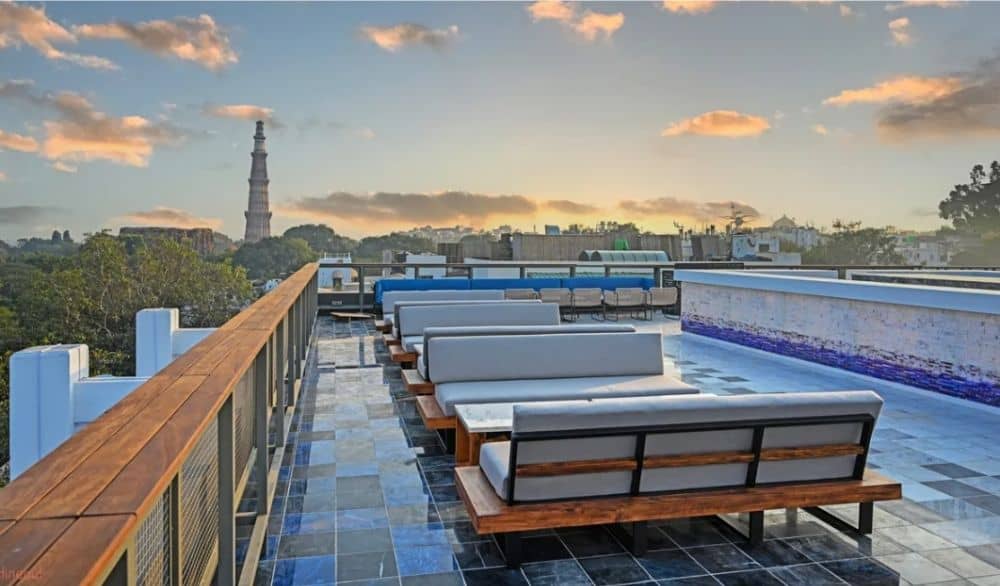
Because of the weather, almost all bars and clubs have large outdoor spaces. They use outdoor heaters in winter and misting fans in summer. Most alcohol in clubs is imported and subject to excise taxes, so drinks are on the expensive side.
17. Take advantage of Blinkit, Big Basket, Swiggy and Zomato
If you have an Indian sim, you can download these apps for food and grocery delivery.
Blinkit and Big Basket are grocery delivery services and used by almost every Delhiite. Blinkit delivers in less than 30 minutes, and Big Basket in a few hours or the next day, depending on when you place your order. Swiggy and Zomato are restaurant delivery apps. All of them have cash payment options.
18. Use the Archaeological Survey of India website to buy monument tickets
This is one thing I really wish I’d known before going to Delhi. I would have saved a ton of time and some money!
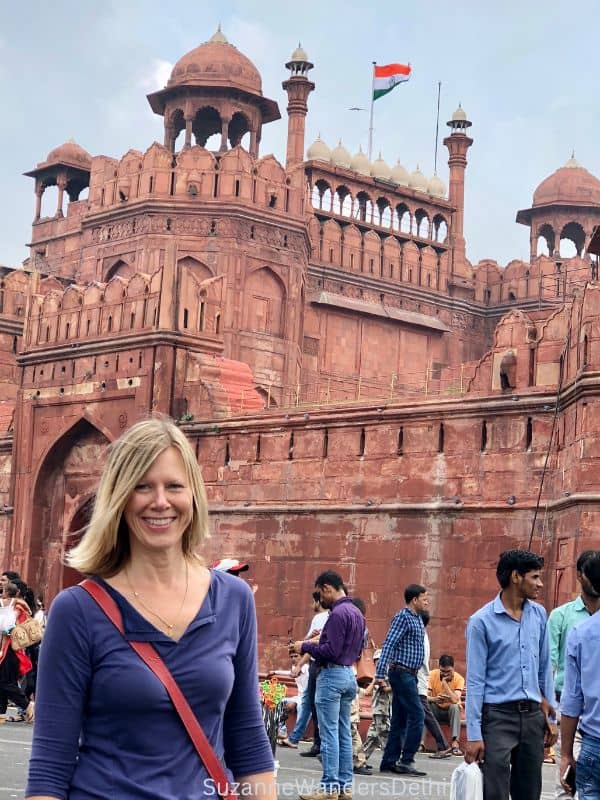
Use this website to buy your tickets for many historical sites in advance. It will save you having to line up, and tickets are 50 INR cheaper. You can even buy tickets for the Taj Mahal on this website:
Archaeological Survey of India website
19. Remove your shoes before entering religious places
Shoes and socks have to be removed before entering temples, gurudwaras (Sikh temples) and mosques.
Usually there’s a shoe minder (don’t forget to leave a small tip), but if there isn’t, just leave your shoes outside where the other ones are. For this reason it’s a good idea to wear shoes that are easy to slip on and off.
20. Be prepared for selfies
If you look like a foreigner, a lot of Indians will ask to take a selfie with you. As a woman, I decline these requests by men and often by other girls too. I have a soft spot for families with kids so I usually agree to those – but it’s entirely up to you.
21. There’s a lot of security
There’s a lot of security. Delhi shopping malls, hotels, the metro and many attractions require purses and bags be scanned (like at the airport), and you will get frisked with a security wand. These checks are segregated with a private area for women. Don’t be alarmed; it’s normal in Delhi.
The Wrap-up on 21 Practical Things to Know Before Going to Delhi 2025
This list of things to know before going to Delhi will make your time in the city a lot smoother. It is Delhi and India, so there will always be surprises, but at least now you will be better prepared!
Looking for more? You Might Also Like…
- Is Delhi Worth Visiting? 10 Reasons to Go
- How to Get From Indira Gandhi International Airport into Delhi
- How to Buy Train Tickets in Delhi (2025)
Don’t forget travel insurance! It’s always a good idea to carry travel insurance just in case something goes wrong. I really like and use SafetyWing
